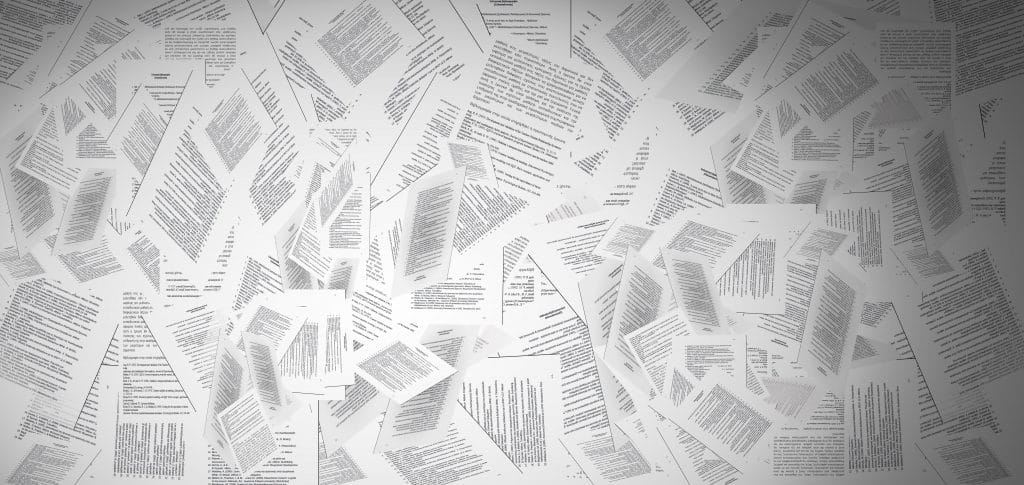Disintegrators can seem complex and confusing at first glance. These large metal machines break down materials to a tiny particle size and that in itself can make an operator nervous. However, once you know a little bit about these machines you learn they’re not complex at all.

Disintegrators have been around for a very long time destroying many different types of items; from common paper and plastics to specialized machines capable of destroying electronic components, and currency. These machines can be small office disintegrators or very large systems that need a dedicated room to be set up and run. Disintegrators can destroy a wide variety of different materials, which conventional paper shredders cannot.
Here’s the secret: disintegrators operate like a giant pair of scissors cutting the material over and over again until it is small enough to go through the security screen. These security screens can be easily changed by the user to generate a larger or smaller particle at will, allowing different security mandates to be followed and met. The waste is then evacuated out of the unit and can be put into a bag, dumpster, compactor, or even made in to environmentally friendly briquettes for recycling.
Paper disintegrators come in many shapes and sizes, but there is a formula that will ensure you get the right size unit for your job. SEM calls it the Simple Six.
1. First, you need to figure out your volume of destruction, and add a little to the number to compensate for growth. This can be determined by daily volume or monthly volume. Disintegrators are sized based on the pounds per hour of destruction that you want to achieve, so this volume needs to be translated into pounds.
2. Once you have this number, you will need to decide how many hours a day or week you want to operate the machine. For example, if you have 2,400 lbs. per week to destroy, and you want to operate it only two hours a week, you will need a disintegrator that is capable of at least 1,200 lbs. per hour. If you want to run it for two hours a day for two days a week you will need a unit that is capable of 600 lbs. per hour.
3. Now you will need to decide what particle size will meet your needs or requirements. The 3/32” particle that is mandated by the NSA for classified, CUI, and top secret information is the smallest particle, but be aware that the smaller the particle the slower the machine will work because the material has to stay in the destruction chamber longer to get to that particle size.
4. The next decision is: how do you want to collect the material? In a bag, send it outside to a dumpster or compactor, or make it into eco-friendly briquettes?

5. Where do you want to operate the machine? These are industrial pieces of equipment and would not be a good fit in a typical office environment. You will need to check the disintegrator dimensions to see if you have the room to accommodate the size machine you are looking for.
6. What kind of power is available in your chosen space? Most disintegrators operate on 3-phase power and will support either 460V/208V or 230V/3-ph/60Hz power. Important- this must be verified prior to ordering-a mistake in the power can be costly to fix once at site.
The answer to these simple questions will easily lead you to the right disintegrator for exactly what you want to accomplish. If you still have questions or need additional consultation, start a chat with us here in the help window or fill out a data destruction questionnaire.


